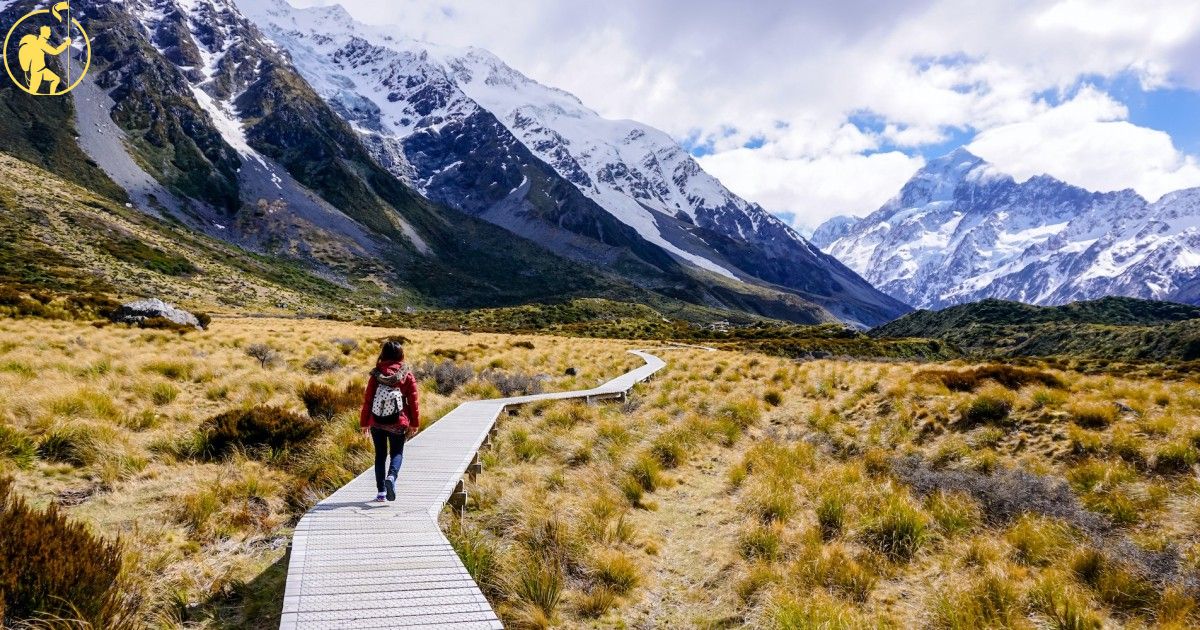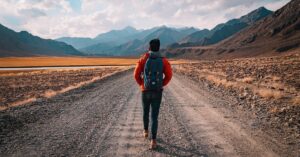Hiking is walking long distances in natural places like mountains, forests, or trails. “What is hiking?” those unfamiliar with the term might ask. It’s a popular outdoor activity to connect with nature, enjoy exercise, and explore beautiful landscapes. Hiking ranges from easy walks on well-kept paths to challenging treks that require endurance and skill.
For a refreshing break from daily life, hiking is a great way to relax and recharge. Simply putting one foot in front of the other can bring moments of clarity and tranquility. Whether on a lush forest trail or climbing a rocky peak, the rhythmic pace of hiking aligns with your heartbeat, creating harmony with the outdoors.
In the United States, hiking is a beloved pastime with diverse landscapes. From the famous Appalachian Trail to stunning national parks like Yosemite and Zion, there’s a hike for every skill level. Whether exploring East Coast woodlands or navigating West Coast terrains, the USA offers various hiking experiences, inviting enthusiasts to lace up their boots for a journey of exploration.
Are there different types of hiking?
Hiking enthusiasts often ask, “What is hiking?” Are there different types of hiking? Absolutely, hiking comes in various forms to suit different preferences and fitness levels. From easy nature walks to tough mountain treks, each type provides a unique experience.
Some enjoy day hikes, and exploring local trails for a few hours. Others opt for long-distance hiking, covering extensive routes over several days, including thru-hiking. Whether it’s backpacking, trail running, or trekking, the world of hiking is as diverse as the landscapes it traverses.
What is the best time of the year to practice hiking?

The best time for hiking depends on where you are and what you like. Usually, spring and fall are excellent for hiking. “What is hiking?” enthusiasts often inquire. Spring brings mild temperatures and blossoming landscapes, while fall offers vibrant foliage and crisp air.
In warmer places, winter might be better to avoid extreme heat. But, it’s important to check local weather conditions and trail accessibility. Ultimately, the ideal time for hiking is when the weather suits your comfort and safety, making your outdoor adventure enjoyable.
What equipment do you need?
- Sturdy Hiking Boots: Essential for comfort and ankle support.
- Weather-Appropriate Clothing: Layer up and dress for the forecast.
- Backpack: Carry essentials like water, snacks, and a first aid kit.
- Navigation Tools: Map, compass, or GPS for trail guidance.
- Water Bottle: Stay hydrated with a durable, reusable water bottle.
- Sun Protection: Sunglasses, sunscreen, and a hat for sun safety.
- Multi-Tool or Knife: Handy for various tasks during the hike.
- Headlamp or Flashlight: Ensure visibility in low-light conditions.
- Emergency Shelter: Lightweight tarp or space blanket for unexpected situations.
- First Aid Kit: Basic supplies for treating minor injuries on the trail.
Why do you need a mountain guide to go hiking?
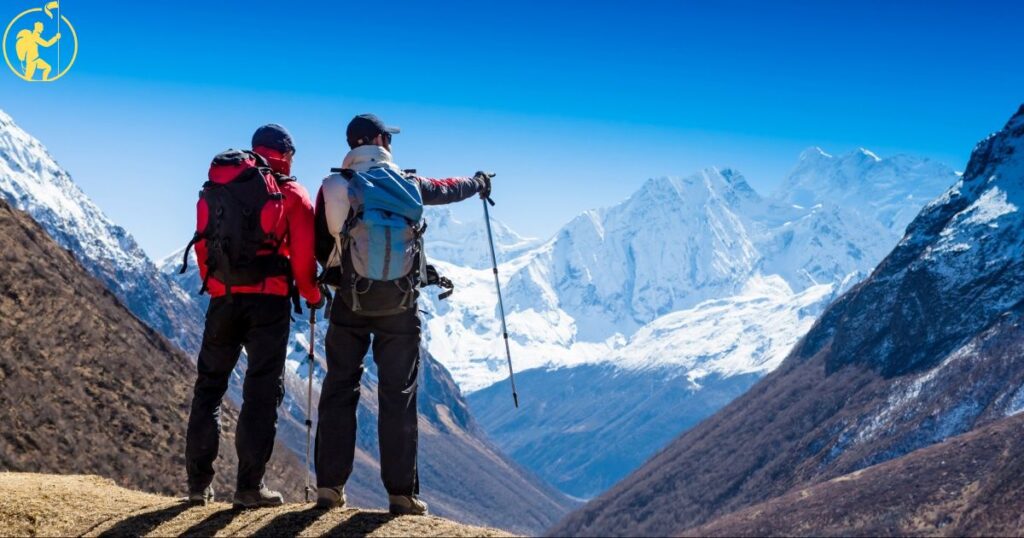
Are you planning a mountain hike? Think about having a mountain guide. “What is hiking?” enthusiasts may wonder. Guides bring expertise, ensuring safe navigation through challenging terrains and unpredictable weather. Their knowledge enhances the hiking experience, providing insights into local flora, fauna, and geological features.
Safety is crucial in the mountains, and a guide adds an extra layer. They’re trained for emergencies, risk mitigation, and informed decision-making during the hike. Whether interpreting trail markers or offering survival tips, a mountain guide is a reliable companion, making your hiking adventure not just enjoyable but also secure.
10 best spots in the world to practice hiking
1. Torres del Paine, Chile: Experience the awe-inspiring Patagonian beauty with iconic granite peaks.
2. Swiss Alps, Switzerland: Majestic trails through snow-capped peaks and alpine meadows.
3. Inca Trail, Peru: Explore the ancient path to Machu Picchu, blending history and breathtaking scenery.
4. Grand Canyon, USA: Navigate rugged trails for unparalleled canyon views and diverse ecosystems. what is hiking?
5. Cinque Terre, Italy: Walk coastal paths with vibrant villages and panoramic Mediterranean vistas.
6. Banff National Park, Canada: Immerse yourself in pristine wilderness, glacier-fed lakes, and dramatic mountain ranges.
7. Zion National Park, USA: Discover red-rock canyons, towering cliffs, and unique sandstone formations.
8. The Himalayas, Nepal: Embark on high-altitude mountain adventures, including the Everest Base Camp trek.
9. Patagonian Andes, Argentina: Follow remote trails to glaciers, lakes, and pristine landscapes.
10. Scottish Highlands, Scotland: Uncover a tapestry of lochs, mountains, and historic trails with breathtaking views.
Definition of Hiking
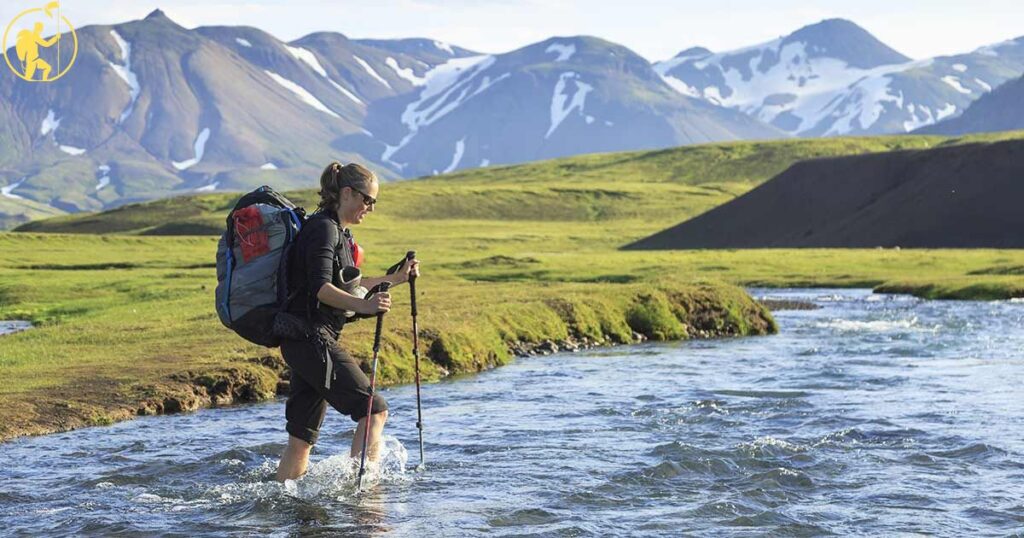
Hiking is an outdoor activity that involves walking in natural environments like forests, mountains, or countryside. “What is hiking?” may be a question for those new to the activity. It usually happens on trails or paths, focusing on the journey and often reaching destinations like scenic viewpoints or summits.
Unlike running or walking on a sidewalk, hiking is more challenging and immersive. It involves traversing uneven terrain, crossing streams, and adapting to different elevations. Whether done alone or in a group, hiking offers not only physical exercise but also a chance to connect with nature, reduce stress, and appreciate the simplicity of the great outdoors.
Purpose and Benefits of Hiking
| Purpose of Hiking | Benefits of Hiking |
| Seeking bliss through exploration | Boosting physical fitness and mental well-being |
| Connecting with nature’s wonders | Enhancing cardiovascular health and reducing stress |
| Discovering serenity in scenic landscapes | Fostering a calm and centered mental state |
| Achieving harmony with the great outdoors | Providing a holistic approach to well-being |
| Therapeutic journeys for mental and physical wellness | Offering a blend of exercise and serenity in natural surroundings |
Essential Gear for Hiking

When hitting the trails, sturdy footwear is essential for comfort and safety. Quality hiking boots provide ankle support and traction on various terrains. Opt for breathable materials to keep feet dry and prevent blisters. Well-fitted boots minimize the risk of foot injuries. Look for waterproofing to fend off wet conditions. Choose boots with durable soles for lasting performance.
Carrying a well-prepared backpack ensures readiness for any hiking excursion. “What is hiking?” beginners might ask. Select a backpack with adjustable straps for a comfortable fit. Choose a size that accommodates essential gear without being too heavy. Look for compartments to organize items like water bottles and snacks. Ensure the backpack has a sturdy frame for support during long hikes. Invest in a rain cover to protect belongings from unexpected showers.
Choosing Hiking Trails
Selecting suitable hiking trails is vital for an enjoyable outdoor experience. “What is hiking?” beginners might wonder. Begin by assessing your fitness level to match trails with your capabilities. Easy trails are ideal for beginners, while experienced hikers may opt for more challenging routes. Consider trail length to align with the time available for your hike. Research trail difficulty ratings to gauge the level of physical exertion required. Look for trails that offer scenic views or points of interest along the way.
Check the trail conditions and weather forecast before heading out. Trails can vary in terrain, from flat surfaces to steep inclines. Choose trails that align with your preferences and desired level of challenge. Always inform someone of your hiking plans and adhere to trail guidelines for a safe and rewarding experience.
Safety Precautions in Hiking
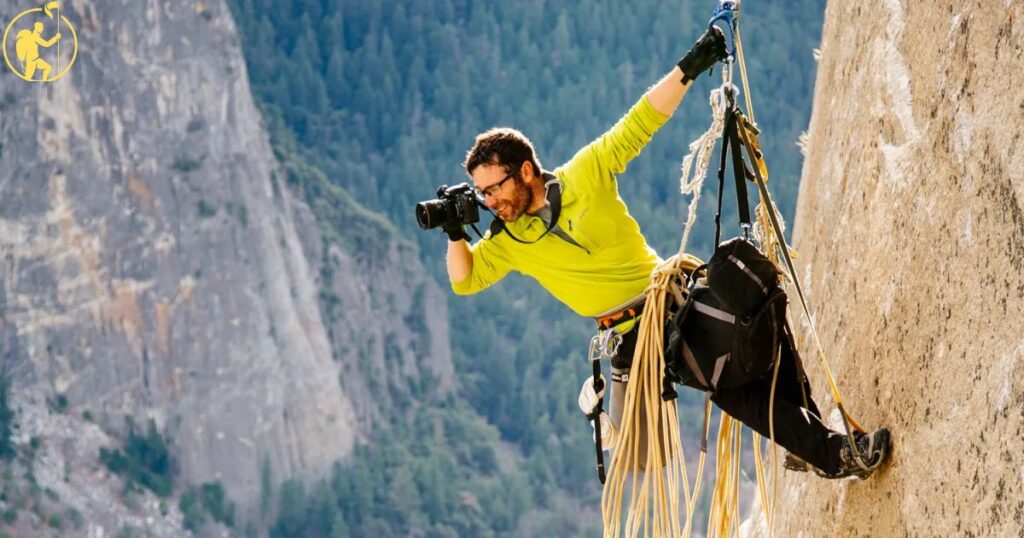
Prioritize safety when embarking on a hiking adventure. Begin by informing someone about your itinerary and expected return time. Carry a fully charged cell phone for emergency communication. Pack a basic first aid kit to address minor injuries on the trail. Familiarize yourself with the terrain and weather conditions before setting out.
Stay hydrated by carrying sufficient water and refill at designated points. “What is hiking?” safety-conscious individuals might ask. Dress in layers to adapt to changing weather conditions. Bring a map or GPS device to navigate the trail accurately. Avoid hiking alone, but if you do, let someone know your plans. Lastly, adhere to Leave No Trace principles by respecting nature and minimizing impact.
Physical and Mental Health Benefits
Engaging in regular physical activity offers numerous health advantages. “What is hiking?” you might ask. Exercise promotes cardiovascular well-being, enhances muscle strength, and aids weight management. Additionally, it boosts mood, reduces stress, and fosters better sleep quality..
Maintaining good mental health is equally crucial for overall well-being. Practices like mindfulness and meditation improve focus, alleviate anxiety, and enhance emotional resilience. Striking a balance between physical and mental health contributes to a wholesome lifestyle.
Hiking for Different Skill Levels
Hiking caters to various skill levels, offering options for beginners and experts. “What is hiking?” beginners may ponder. Novices can start with easy trails featuring flat terrain and shorter distances. These trails provide a gentle introduction to the joys of hiking, promoting a gradual increase in stamina.
Intermediate hikers may explore more challenging routes with varied elevations and longer distances. These trails offer a balance of difficulty and enjoyment, allowing hikers to progress at a comfortable pace. Advanced trails, designed for experienced hikers, present steep inclines, rugged terrain, and longer durations, providing a thrilling challenge for those seeking a more intense outdoor experience.
Popular Hiking Destinations
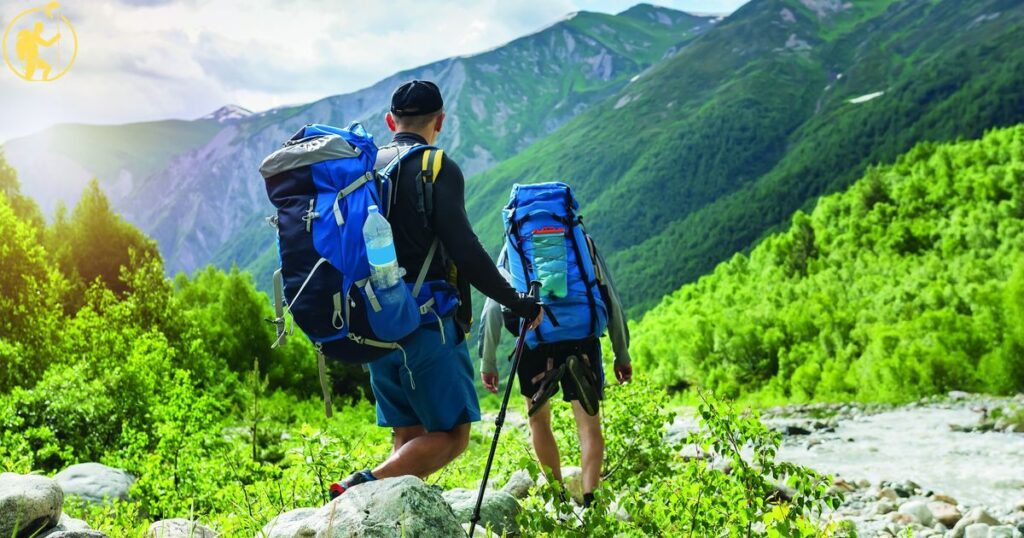
Nature enthusiasts have a plethora of stunning hiking destinations to explore. The Grand Canyon in the United States boasts breathtaking vistas and challenging trails for avid hikers. Switzerland’s Jungfrau Region offers picturesque alpine landscapes with well-maintained paths, attracting hiking enthusiasts worldwide.
New Zealand’s Fiordland National Park features iconic tracks like the Milford and Route Burn, showcasing the country’s diverse and pristine scenery. “What is hiking?” one might ask. Japan’s Kumano Kodo, an ancient pilgrimage route, combines cultural richness with serene forest trails. Whether it’s the Appalachian Trail in the United States or the Inca Trail in Peru, these destinations cater to hikers seeking diverse terrains and awe-inspiring views.
Environmental Impact and Leave No Trace Principles
Exploring the outdoors comes with a responsibility to minimize environmental impact. “What is hiking?” environmentally conscious individuals might ask. Adhering to Leave No Trace principles ensures that natural areas remain pristine. These guidelines include packing out all trash, staying on designated trails to prevent soil erosion, and respecting wildlife by observing from a distance.
Avoiding the disturbance of plants, minimizing noise, and using established campsites are integral Leave No Trace practices. “What is hiking?” enthusiasts may wonder. These principles contribute to the preservation of ecosystems and maintain the beauty of outdoor spaces for future generations. By adopting these ethical guidelines, outdoor enthusiasts can enjoy nature responsibly and play a role in environmental conservation..
Hiking as a Recreational Activity
Hiking is a popular recreational pursuit with numerous benefits. It offers a simple and accessible way to stay active, promoting physical fitness and cardiovascular health. Beyond the physical aspect, hiking provides a mental boost by reducing stress and fostering a sense of tranquility in natural surroundings.
As a social activity, hiking encourages camaraderie among participants, making it an excellent way to connect with friends or family. “What is hiking?” curious minds may ask. Whether exploring local trails or embarking on more challenging hikes, individuals of all ages can find enjoyment and relaxation in the simplicity of this outdoor recreational activity.
Planning a Successful Hiking Trip

Planning a successful hiking trip requires careful consideration and preparation. Begin by researching potential hiking trails suitable for your skill level and preferences. Ensure the chosen trail aligns with your fitness level and offers the scenery you desire.
Next, create a detailed itinerary that includes start and end times, rest breaks, and key landmarks. “What is hiking?” planners might inquire. Make a checklist of essential gear such as comfortable footwear, weather-appropriate clothing, and sufficient water. Lastly, inform someone about your plans, and always prioritize safety during your hiking adventure.
Hiking and Nature Connection
Hiking fosters a profound connection with nature, offering numerous benefits. Engaging in nature walks allows individuals to unwind and escape the hustle of daily life. The rhythmic pace of hiking promotes relaxation and reduces stress.
Additionally, spending time in natural surroundings enhances mental well-being, fostering a sense of calm and rejuvenation. “What is hiking?” those curious about its benefits might wonder. The sensory experience of being outdoors, surrounded by trees, fresh air, and wildlife, creates a powerful connection with the natural world. This connection not only promotes physical health but also strengthens emotional resilience and overall happiness.
Hiking vs. Trekking: Understanding the Difference
1. Hiking:
Hiking is a popular outdoor activity that involves walking on well-established trails and paths, typically in natural settings like parks or forests. It’s a great way to enjoy nature, stay active, and connect with the outdoors.
2. Trekking:
Trekking goes beyond hiking, often involving more challenging and rugged terrains. “What is hiking?” enthusiasts might question. It’s an adventurous journey that may require longer durations, specialized gear, and a higher level of physical fitness. Treks can take you to remote and untouched landscapes, offering a more immersive and demanding outdoor experience.
3. Outdoor Exploration:
Both hiking and trekking offer opportunities for outdoor exploration. Hiking is accessible to a wider range of people, providing a chance to enjoy nature at a comfortable pace. Trekking, on the other hand, is an adventurous pursuit for those seeking a more challenging and immersive experience
4. Scenic Trails:
Hiking often leads you along scenic trails with well-marked paths, making it suitable for beginners and families. Treks, however, may involve off-the-beaten-path routes, providing a sense of discovery and a deeper connection to the wilderness.
5. Equipment Needs:
Hiking usually requires basic equipment like comfortable shoes, water, and weather-appropriate clothing. “What is hiking?” newcomers may ask. Trekking demands additional gear such as backpacks, navigation tools, and possibly camping equipment, depending on the duration and remoteness of the trek.
6. Physical Fitness:
Hiking is generally accessible to people of varying fitness levels and ages, making it a versatile activity for many. Trekking, due to its more demanding nature, often requires a higher level of physical fitness and stamina.
7. Community and Solo Experiences:
Hiking is often enjoyed in groups, fostering a sense of community and shared experiences. “What is hiking?” those unfamiliar may ask. Trekking can be a solitary adventure or a group endeavor, depending on personal preferences, offering flexibility in how you choose to explore the outdoors.
Both hiking and trekking provide a chance to connect with nature. Hiking allows for a more relaxed appreciation of surroundings while trekking immerses you in the raw beauty of untouched landscapes, creating a profound connection with the natural world.
Hiking Challenges and Competitions.
Hiking Challenges and Competitions offer thrilling adventures for outdoor enthusiasts. Participants tackle diverse terrains, from steep mountains to dense forests, testing their endurance and navigation skills. These events often range from one-day challenges to multi-day competitions, attracting a wide range of hikers seeking both physical and mental challenges. Competitors face unpredictable weather conditions and rugged landscapes, creating an exhilarating experience that goes beyond typical hiking endeavors.
These events foster a sense of community among hikers, promoting camaraderie and a shared passion for nature. “What is hiking?” someone unfamiliar might ask. Participants often discover new trails and scenic locations while pushing their limits. Hiking Challenges and Competitions provide a platform for individuals to celebrate their love for the outdoors, encouraging a healthy and active lifestyle. Whether it’s conquering peaks or navigating through challenging courses, these events unite hikers in a common pursuit of adventure and self-discovery.
FAQ’S
What is the difference between walking and hiking?
Walking is a basic, daily activity, while hiking involves more challenging terrains.
What is the purpose of hiking?
Hiking serves as a means to explore nature, promote physical fitness, and foster mental well-being.
What does it mean when you go hiking?
Hiking means walking in nature for enjoyment, exercise, and outdoor experience.
Conclusion
In conclusion, hiking beckons us into a realm of simplicity and natural splendor. It goes beyond being a mere physical activity, evolving into an immersive experience where stress dissipates, and serenity prevails. As we traverse the trails, the crunch of leaves beneath our feet becomes a rhythm, and the changing hues of the sky become a canvas. Hiking offers not just a break from the routine but an invitation to connect with the world around us, leaving us with a sense of wonder and gratitude.
As we contemplate the trails we’ve treaded, the question lingers – what other treasures await discovery on the unexplored paths? The allure of hiking lies in this constant curiosity, urging us to venture forth and unveil the stories nature has yet to share. Whether a seasoned enthusiast or a novice adventurer, the beauty of the great outdoors remains an open invitation, promising not only breathtaking landscapes but a continuous journey of exploration and connection.

J.K. Rolowing, an avid hiking enthusiast with 8 years of experience, blends passion and nature in captivating tales. Embracing the trail, weaving adventures through words.
